#ancient karnak
Explore tagged Tumblr posts
Text

Mighty stone pillars in Luxor, Egypt
#karnak temple#el karnak#luxor#egypt#africa#egyptology#ancient egypt#travel#wanderlust#history#antiquity#ancient#ancient art#ancient history#archaeology#original photographers#photographers on tumblr#columns#column#pillars#archeology
541 notes
·
View notes
Text
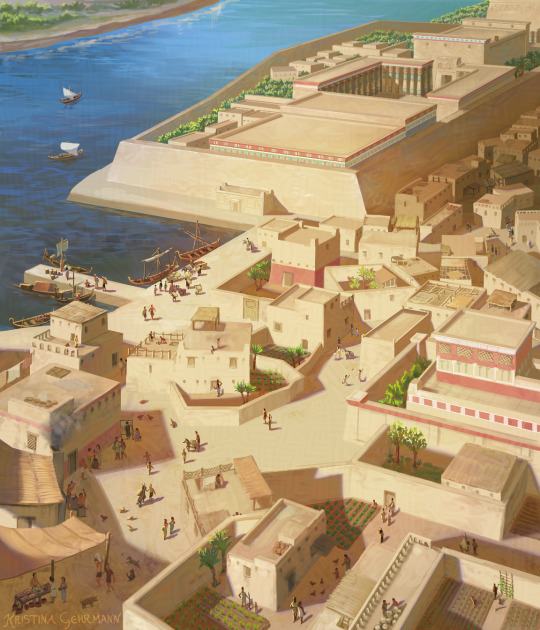
New illustration! A view of ancient Thebe east of the Nile, with the Karnak temple complex. Drawn for a childrens' nonfiction book.
Client: Noordhoff
#digital illustration#history#ancient egypt#ancient history#thebe#luxor#karnak#egyptian#book illustration
120 notes
·
View notes
Text
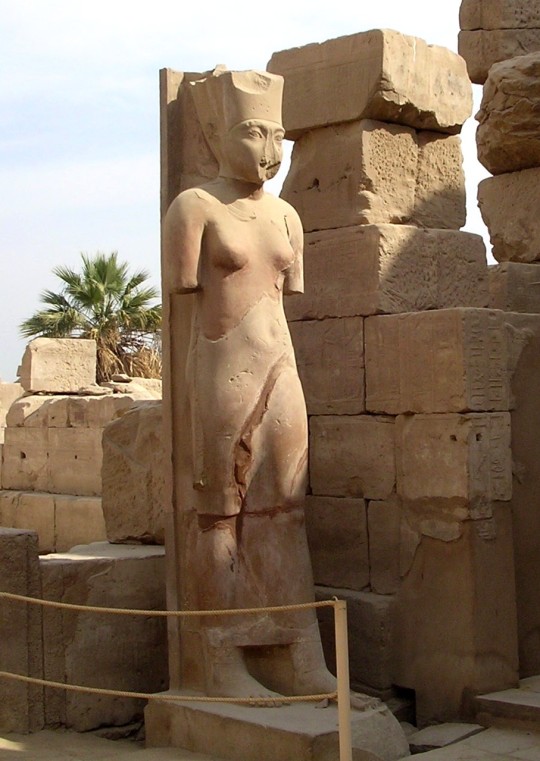
Colossal statue of Amunet erected by Tutankhamun in Karnak.
110 notes
·
View notes
Text
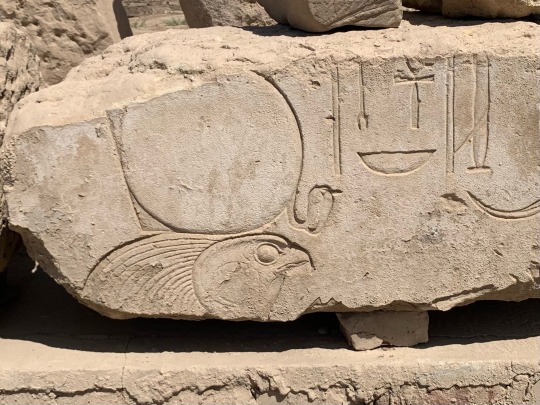
Horus
#Horus#Egypt#Egyptian#ancient Egypt#ancient Egyptian#egyptology#egyptian gods#pharaoh#temple#Karnak#Kemet#Kemetic#Kemeticism
92 notes
·
View notes
Text

Left to right: Neith; Amun-Re; Ramesses II, kneeling; and Mut-Werethekau. The gods are granting the king many jubilees (the sed festival, held after thirty years' reign and every three-four years after that). The Great Hypostyle Hall at Karnak.
70 notes
·
View notes
Text

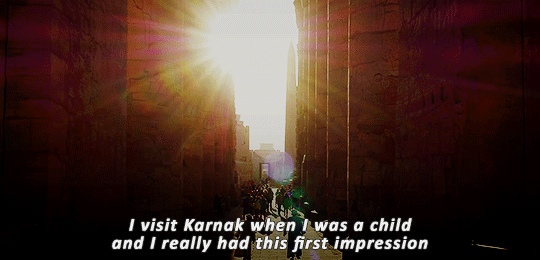



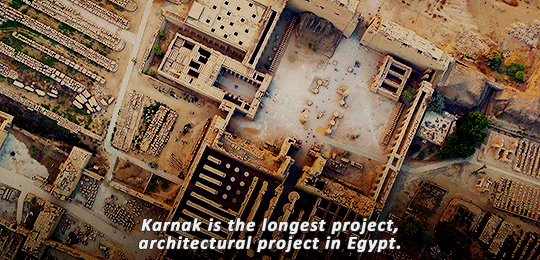
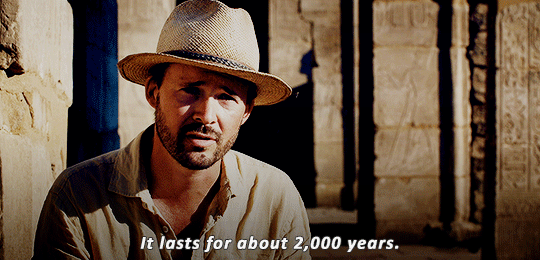

EGYPT FROM ABOVE (2020) — (1.02) Engineering the Future
#egypt#ancient egypt#egyptology#archaeology#historyedit#mine#my edit#documentary#doc: egypt from above#Benjamin Durand#karnak#luxor
155 notes
·
View notes
Text

Temple of Karnak June 30, 2023
141 notes
·
View notes
Text

View of the temple of Ramesses III at Karnak
176 notes
·
View notes
Text

Frank Stella painting "Getty Tomb" in his studio, 1959, photo by Hollis Frampton VS Seven Osirian Doorways, Temple of Osiris Hek-Djet, Karnak | Luxor, Egypt, Twenty-third Dynasty of Egypt
#egypt#ancient egypt#door#false door#karnak#luxor#osiris#frank stella#studio#getty tomb#minimalism#minimalist#minimal#abstract#abstract art
46 notes
·
View notes
Text
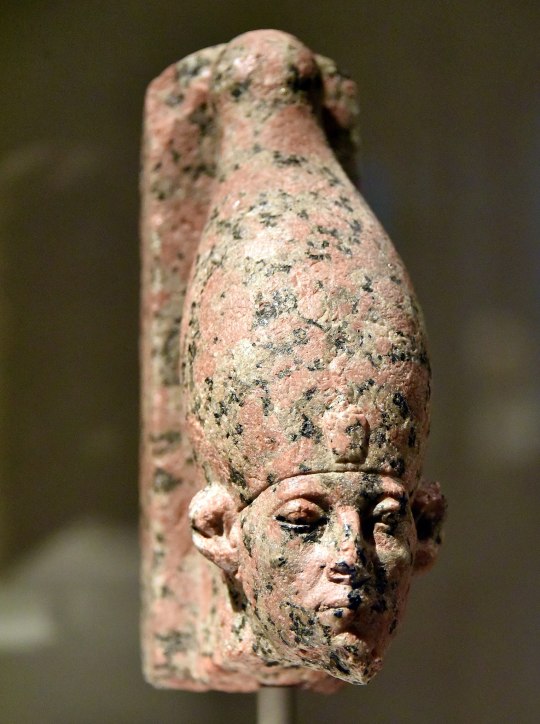
Head of the 12th Dynasty pharaoh Senusret III (r. 1878-1839 BCE), shown wearing the white crown of Upper Egypt. From Karnak; now in the Neues Museum, Berlin. Photo credit: Osama Shukir Muhammed Amin FRCP/Wikimedia Commons.
#art#art history#ancient art#Egypt#Ancient Egypt#Egyptian art#Ancient Egyptian art#Senusret III#Senwosret III#12th Dynasty#Twelfth Dynasty#Middle Kingdom#sculpture#portrait sculpture#stonework#carving#Egyptian Thebes#Karnak#Neues Museum
170 notes
·
View notes
Text

The Weight of History, Luxor - Egypt
#karnak temple#luxor#egypt#egyptology#ancient egypt#travel#wanderlust#history#antiquity#ancient#ancient art#ancient history#archaeology#original photographers#photographers on tumblr#columns#column#pillars#archeology
105 notes
·
View notes
Text
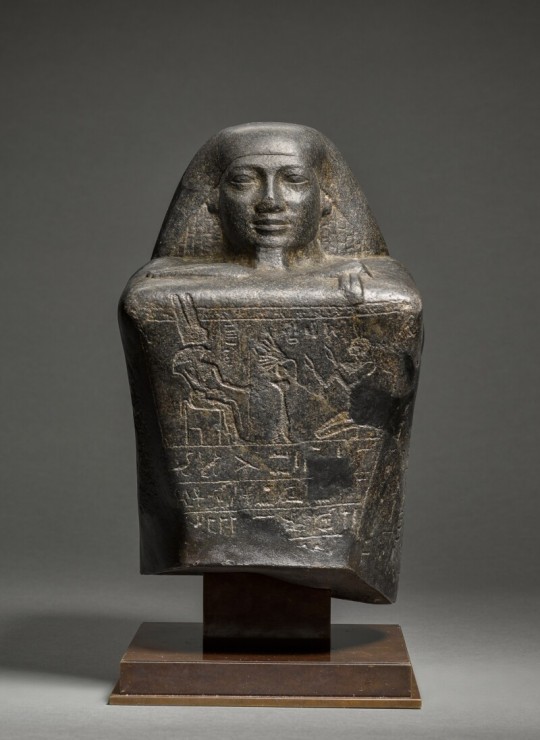
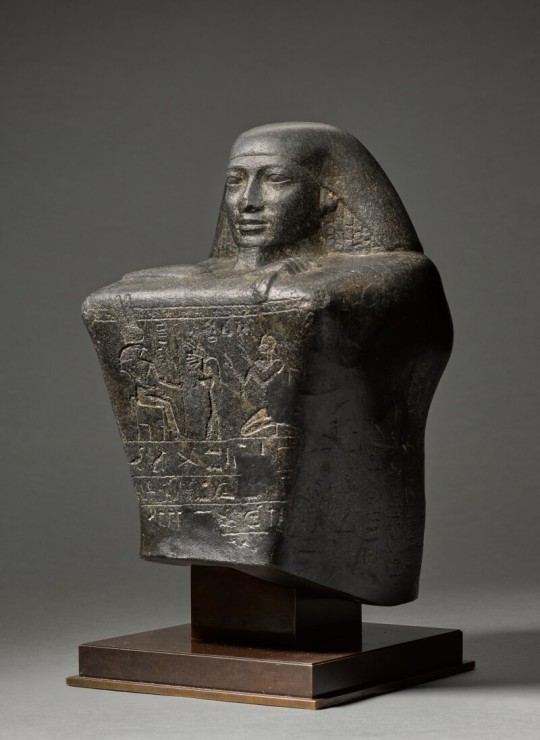

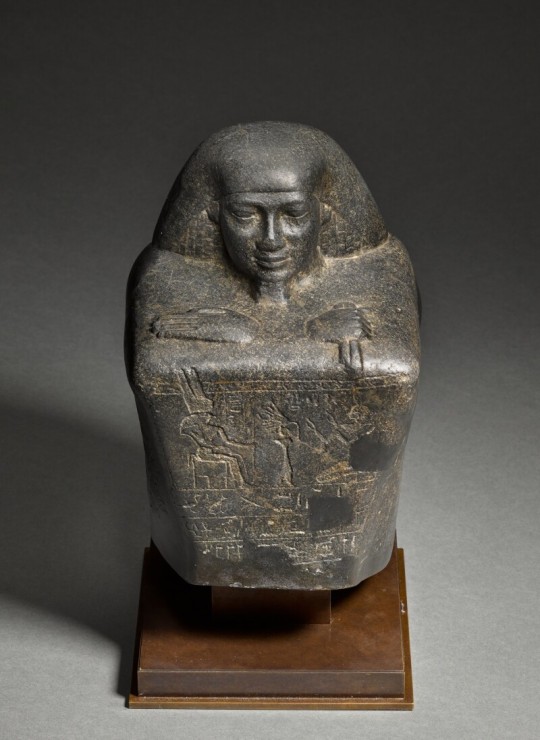
An Egyptian Basalt Block Statue of Pamiu ‘The Cat’, Prophet of Amun at Karnak Late 25th Dynasty, circa 690-656 B.C.
Seated with his hands emerging from his cloak, a napkin or bolt of cloth in his right hand, and wearing a short beard and wide double wig with echeloned curls in front, his powerfully carved face with full outlined lips rounded at the corners, broad cheekbones, straight nose, and wide-set eyes with contoured upper lids and eyebrows in relief, the front of his cloak carved in sunk relief with a kneeling king and an enthroned falcon-headed god flanking an offering stand, lines of inscription below, a fragment surviving on his proper right side carved with the king holding a libation spoon, the proper left side carved with columns of inscription, a fragment of inscription remaining on the back. Height 29.5 cm.
#An Egyptian Basalt Block Statue of Pamiu ‘the Cat’#Prophet of Amun at Karnak#Late 25th Dynasty circa 690-656 B.C.#statue#block statue#egyptian statues#ancient artifacts#archeology#archeolgst#history#history news#ancient history#ancient culture#ancient civilizations#ancient egypt#egyptian history#egyptian art
52 notes
·
View notes
Text
Traveling Egypt
Day One: The Mortuary Temple of Hatshepsut (November 1st)

Figure 1: Birds Eye View of the Mortuary Temple of Hatshepsut (Explore Luxor 2024)
As I traveled through Egypt, one of the first places that I had to visit was the Mortuary Temple of Hatshepsut. From what I already know of the temple, it depicts the rule of Queen Hatshepsut, who had a relatively peaceful reign as a female ruler of Egypt. As I walked along the western bank of the Nile River, near Luxor, the temple stood out in the valley where it rested. It was an outstanding sight, looking as if it had been carved out of the valley itself due to how well it blended into the natural landscape of the area surrounding it (Explore Luxor, 2024).
Getting closer revealed the three distinct levels, each with a terrace, that made up the immense temple. Heading in, past the statues and massive pillars at the front of the temple, the first level had several altars where rituals were performed to pay tribute to Queen Hatshepsut. From what I had seen, people were leaving fruits and other types of foods at one of the altars. The prayers seemed to be known by all of the locals that I had seen performing the rituals (Lumen Learning, 2024).
Going up to the second level felt like watching a story unfold along the walls. There were depictions of Queen Hatshepsut’s reign, her successes, and everything she had accomplished during her time ruling Egypt. There were also portrayals of her being on the same level as the deity Amun-Ra, who was claimed to be her father. This was seemingly used to strengthen her claim to the throne. By being the daughter of a divine being, it would have been hard to argue her position as a ruler of Egypt (Journey to Egypt, 2024).
One of the successes I saw highlighted was her mission to the Land of Punt, nine years into her reign as Queen. In this mission, she managed to establish strong trade lines with other countries, which helped build Egypt's wealth. From what I understood, this strengthened her public image, despite her being a female ruler. Since the role of the pharaoh was traditionally masculine, Queen Hatshepsut likely had to ensure that she did what was best and not fail, lest she be seen in a more negative light (Brooklyn Museum, 2024). In the temple, there was also a representation of Queen Hatshepsut being portrayed as superior to her stepson, Thutmose III, the true pharaoh of Egypt during her rule (Lumen Learning, 2024).
On the third floor of the temple, I saw a shrine. This was a shrine to the God Amun-Ra, her father. From what I had gathered from people on the first floor, this third floor was where the most sacred rituals were performed for Amun-Ra. Queen Hatshepsut had this specifically done to show her connection to the god. This helped reinforce the idea of a divine entity being her father, and in turn, solidified her claim to the throne, even though she was ruling instead of her too-young stepson (Ohio State University, 2024).
Day Two: The Karnak Temple (November 3rd)

Figure 2: Image of the Karnak Temple (Dreamstime 2024)
The next temple I visited on the west bank, still sticking to Luxor, was the Karnak Temple. From my knowledge, the Karnak Temple is the largest Egyptian temple and one of the largest in the world (Biston-Moulin and Thiers, 2019). The temple is dedicated to several deities, as most Egyptian temples are, but it has a particular focus on the god Amun-Ra.
Seeing the temple, it was clear why it was described as the largest in the country. The temple stood out clearly amongst its surroundings. However, instead of being a singular temple, it appeared to be a series of interconnected temples. I later learned that this was because several pharaohs had added onto it to worship more deities over time. The large pillars and columns that were constructed cast an intimidating image. The contrasting architectural styles of the different pharaohs who expanded the temple were also visible (Egyptian Museum, 2024).
At the entranceway, there’s a gateway that has two statues of Ramses II, sitting as if they were guarding the temple. Going further in, there’s an entrance pylon lined with sphinxes on both sides. The sphinxes represent symbols of protection. As I walked further, I entered the courtyard of Amenhotep III, where there were giant statues of gods and pharaohs alike. As I made my way through the halls of the temple, I entered Hypostyle Hall, where several towering columns stood. I counted 134 of them, each adorned with intricate carvings and hieroglyphs. These columns told their own stories, depicting gods, kings, and even religious rites (Creasman, 2013).
Even further yet, there was the sanctuary of Amun-Ra. This sanctuary was the holiest place in the entire temple, so much so that only a select few could enter it—the pharaoh and the high priests. Inside the sanctuary, I saw a statue of Amun-Ra, who is known as the creator and king of the gods. Looking through the hieroglyphs, it was clear how important and highly worshipped Amun-Ra was. The hieroglyphs engraved in the sanctuary all spoke of his immense power (Egyptian Museum, 2024).
From what I saw throughout the Karnak Temple, Amun-Ra was constantly mentioned. He was a steady presence throughout the entirety of the temple, which speaks to just how crucial he was to Egyptian religion. He provides protection and commands respect because of the immense power he is believed to possess (Journey to Egypt, 2024).
Day Three: Temple of Luxor (November 5th)

Figure 3: Image of the Temple of Luxor (iStock 2024)
I decided to stay within Luxor and follow the path I had seen two days ago, going from the Karnak Temple to the Temple of Luxor. The pathway was clear and lined with several sphinxes to ensure the traveler's safety going from one sacred place to another. The Temple of Luxor, from what I’ve gathered from the others in the area, was also mainly devoted to Amun-Ra, tying in the religious importance of Egyptian deities to their architecture and how several pharaohs ruled the region (Journey to Egypt 2024; Unruh 2018).
Getting closer to the temple, I could see just how grand the temple was. There were several enormous statues and towers, and the temple itself was immense, likely with several different parts to worship the deities. At the entrance of the temple, there was a pylon with several hieroglyphic inscriptions from what I could see. There are two towering obelisks, likely marking the triumphs of pharaohs as they normally do (Unruh 2018). These obelisks are symbolic of the Sun God, Ra (Amun-Ra is the creator of the world in Egyptian religion, as the Air God Amun had absorbed the Sun God Ra to become Amun-Ra) (Egyptian Museum 2024).
Just before that pylon, I saw a courtyard with several large statues of pharaohs. This connection between the pharaohs being present where deities are worshipped puts the pharaohs at the same level as the gods, to show their power. From what I understand, from the other two places I visited as well, this seems to be a common theme among all the temples (Creasman 2013; Attalus 2024).
As I went further into the temple, I passed what is known as the Hypostyle Hall, where I took in the extensive space that had several rows of columns, all of which had several hieroglyphic engravings. All of the columns, I assume, tell different stories, as it is a common theme among temples that I have seen thus far (Biston-Moulin and Thiers 2019). In this hall, the ceiling is covered in a blue color, resembling the color of the sky. Taking a closer look at the columns, I could see that the hieroglyphic engravings fully explain that pharaohs have a divine right to rule, which is something that is consistently shown in other temples as well (University College London 2024).
Walking further into the temple, I saw the sanctuary, which is known as the holiest part of the Temple of Luxor. The sanctuary is devoted to the god Amun, who is also known as the protector of pharaohs. By asking the others around the temple, I had gathered that priests perform rituals to honor Amun and to offer prayers (Egyptian Museum 2024). I walked around the sanctuary to see what engravings were on the walls and to decipher what they could mean. From what I could understand, there are carvings of gods, pharaohs, and other religious references that are understood better by those who follow this religion (Creasman 2013).
Day Four: Abu Simbel Temple (November 7th)

Figure 4: Image of Abu Simbel (The Great Temple) (Encyclopaedia Britannica 2024)
Two days later, I stayed within Luxor, to reach the next place on my list, known as the Abu Simbel Temples. Like the others, this was also built on the western bank of the Nile River, closer to the Nubian border than the others. From what I know of these temples, it was built by Pharaoh Ramses II during his reign. He is known as one of Egypt's most powerful and celebrated rulers (Acropolis Library 2024). There are two different temples that make up the Abu Simbel Temples. The larger one is known as the Great Temple, and the smaller one is known as the Temple of Hathor, dedicated to Queen Nefertari, Pharaoh Ramses II’s wife (State Information Service, Egypt 2024).
I decided to go to the Great Temple and there I saw why it was called the Great Temple. There were four statues, easily about 20 meters tall, all of Pharaoh Ramses II. They posed an intimidating image, which was likely the reason they were there, to show the prowess of the pharaoh. Each of them showed the pharaoh on a throne, in royal clothes, and regalia that signified his status. The inclusion of the regalia emphasized his power and authority. By talking to others heading into the temple, I learned that all of the statues were carved into the cliffs of sandstone (World History Encyclopedia 2024).
Around the statues of Ramses II, I saw smaller statues of members of his family (including his children), which is a sort of symbolism of him being a ruler and a father. Walking closer to the temple, I could see that there were hieroglyphics carved above the entrance. I couldn’t decipher them myself, but by asking others around me, I learned that it declared Ramses' divine right to rule and commemorate his military victories, especially the Battle of Kadesh against the Hittites (American Research Center in Egypt 2024).
The Battle of Kadesh against the Hittites was fought in 1275 BCE, with Pharaoh Ramses II against King Muwatalli II. In this battle, known as one of the largest ever chariot battles, Ramses II led a military invasion to recapture the city of Kadesh, which was under Hittite control. The battle was known to support the prowess of Pharaoh Ramses II as it’s known as a great victory for him (Acropolis Library 2024).
As I walked further into the temple, I saw six columns, all enormous, with Ramses’ military victories engraved into them. Along with that, there were religious references as well, which is consistent with the engravings in the previous temples as well (Biston-Moulin and Thiers 2019). Further along, there was a chamber that held four statues, three of which were of Gods Amun, Ra-Horakhty, and Ptah, and another statue of Ramses II. This also reinforces the idea that pharaohs are divine beings who are held in the same regard as the gods that they worship (State Information Service, Egypt 2024).
After I saw the Great Temple, I made my way to the smaller of the two Abu Simbel Temples. The Temple of Hathor was smaller but was no less impressive. There were statues at the entrance, six of them, four of which were of Pharaoh Ramses II and two of which were of Queen Nefertari. Something that was special about this temple was that all of the statues were the same size, between the Pharaoh and the Queen. This showed the mutual respect they had for each other, as normally, the statues of the Pharaoh would be significantly larger than the other statues unless they were those of Gods (World History Encyclopedia 2024). Going into the temple itself showed several engravings that represented the Queen’s divine status, and how devoted the Pharaoh was to her, as well as including her devotion to the deities (Brooklyn Museum 2024).
Day Five: The Valley of the Kings (November 9th)

Figure 5: Image of the Valley of the Kings ("Valley of the Kings," Journey to Egypt, accessed December 23, 2024)
The final location on my list of places to visit is the Valley of the Kings. Like the previous temples, the Valley of the Kings is located on the west bank of the Nile River, and from what I know already, it serves as the royal burial ground for pharaohs and their family members, as well as burials for nobles. The Valley of the Kings is a valley surrounded by cliffs and serves very well as a burial ground for royalty. Getting more information about the valley itself was difficult since there are royal tombs in the valley, and tomb-raiding is too common of a crime, especially if it’s of a pharaoh. From what I did learn, however, is that there are two major areas, the East Valley and the West Valley. The East Valley is where most of the royal tombs are located. The West Valley is where there are fewer royal tombs. Seeing the entrance of what I presumed were the tombs was a feat in itself. They were carved into the cliffs that make up the valley and are barely visible (Egyptian Ministry of Antiquities 2024).
The tombs were sealed, so exploring them would not be possible. However, by talking to those who know how these are built, and given examples of the burial rituals of Egyptians, I would be able to understand and see just how important these tombs are to Egyptians. Talking to locals, I learned several things about Egyptian burial practices that apply to royals, more specifically pharaohs. The tombs are constructed specifically for each pharaoh and the wealth and treasures that are buried with them, as they were seen as necessary for the afterlife. The tombs themselves were constructed in a way to showcase the king's journey to the afterlife, with several chambers that had detailed carvings and paintings. Along with the journey to the afterlife, there are also depictions of how the pharaohs lived, giving insight into their life (University College London 2024).
Pharaoh Ramses II is also known to be buried in one of the tombs in the Valley of the Kings. There are intricate items that provide an understanding of the political, spiritual, and even artistic aspects of Egypt. Some of the items that are in the tombs with the bodies of the pharaohs, not including priceless jewels and various other displays of wealth, are things like pots. These smaller things are seen as important for the journey to the afterlife to ensure eternal life for the deceased pharaohs (Acropolis Library 2024). Along with this, something that is present in all tombs is scriptures that represent "chapters for coming forth by day." From what I gathered, these scriptures, these texts, are meant to aid and protect those who have passed on their journey to the afterlife (University College London 2024).
Bibliography
Acropolis Library. 2024. "Ramses II." Acropolis Library. Accessed November 20, 2024. https://library.acropolis.org/ramses-ii/.
American Research Center in Egypt (ARCE). 2024. "The Battle of Kadesh." ARCE. Accessed November 20, 2024. https://arce.org/event/battle-kadesh/.
Attalus. 2024. "Luxor." Attalus: A Website for Ancient History. Accessed November 20, 2024. https://www.attalus.org/egypt/luxor.html.
Biston-Moulin, Frédéric, and Bernard Thiers. 2019. "The Karnak Project." HAL Open Science. Accessed November 20, 2024. https://shs.hal.science/halshs-02056329/file/18_Biston-Moulin_Thiers_Karnak_project.pdf.
Brooklyn Museum. 2024. "Hatshepsut." The Dinner Party: Place Settings. Accessed November 20, 2024. https://www.brooklynmuseum.org/eascfa/dinner_party/place_settings/hatshepsut.
Creasman, Peter. 2013. "Archaeological Research in the Valley of the Kings and Ancient Thebes." University of Arizona. Accessed November 21, 2024. https://www.ltrr.arizona.edu/~pcreasman/UAEEfiles/Creasman2013.pdf.
Dreamstime. "Luxor Karnak Temple: Ancient Egyptian Pharaoh Sculptures on the Large East Bank of the Nile River, Egypt." Accessed November 21, 2024. https://www.dreamstime.com/luxor-karnak-temple-ancient-egyptian-pharaoh-sculptures-large-east-bank-nile-river-egypt-image113261389.
Egyptian Ministry of Antiquities. 2024. "Valley of the Kings." Egyptian Monuments. Accessed November 21, 2024. https://egymonuments.gov.eg/archaeological-sites/valley-of-the-kings/.
Egyptian Museum. 2024. "Deities: Amun." Egyptian Museum. Accessed November 21, 2024. https://egyptianmuseum.org/deities-amun.
Egyptian Museum. 2024. "Middle Kingdom Monuments: Karnak." Egyptian Museum. Accessed November 21, 2024. https://egyptianmuseum.org/explore/middle-kingdom-monuments-karnak.
Egyptian Museum. 2024. "New Kingdom Monuments: Abu Simbel." Egyptian Museum. Accessed November 21, 2024. https://egyptianmuseum.org/explore/new-kingdom-monuments-abu-simbel.
Encyclopaedia Britannica. "Abu Simbel." Last modified December 22, 2024. https://www.britannica.com/place/Abu-Simbel.
Explore Luxor. 2024. Temple of Hatshepsut. Accessed November 22, 2024. https://exploreluxor.org/temple-of-hatshepsut/.
iStock. "Luxor Temple Main View at Beautiful Sunset Light, Egypt." Accessed November 22, 2024. https://www.istockphoto.com/photo/luxor-temple-main-view-beautiful-sunset-light-egypt-gm1322882224-408719364.
Journey to Egypt. 2024. "Karnak Temple." Journey to Egypt. Accessed November 22, 2024. https://www.journeytoegypt.com/en/discover-egypt/karnak-temple.
Lumen Learning. 2024. "Hatshepsut." World Civilization. Accessed November 22, 2024. https://courses.lumenlearning.com/suny-hccc-worldcivilization/chapter/hatshepsut/.
Ohio State University. 2024. "Temple of Queen Hatshepsut, Deir el-Bahri." Exploring Architecture and Landscape. Accessed November 22, 2024. https://ohiostate.pressbooks.pub/exploringarchitectureandlandscape/chapter/temple-of-queen-hatshepsut-deir-el-bahri/.
Ohio State University. 2024. "Temple of Ramses II." Exploring Architecture and Landscape. Accessed November 22, 2024. https://ohiostate.pressbooks.pub/exploringarchitectureandlandscape/chapter/temple-of-ramses-ii/.
State Information Service, Egypt. 2024. "Abu Simbel." State Information Service. Accessed November 22, 2024. https://www.sis.gov.eg/Story/170023/Abu-Simbel?lang=en-us.
The Metropolitan Museum of Art. 2024. "Nubia." The Met. Accessed November 22, 2024. https://www.metmuseum.org/about-the-met/collection-areas/egyptian-art/temple-of-dendur-50/nubia.
Unruh, Mathew. 2018. "Continuity at Luxor Temple." History in the Making, Volume 11, Article 15: Pages 247-256. Accessed November 22, 2024. http://scholarworks.lib.csusb.edu/cgi/viewcontent.cgi?article=1010&context=history-in-the-making.
University College London. 2024. "Burial Customs in the New Kingdom." Digital Egypt for Universities. Accessed November 23, 2024. https://www.ucl.ac.uk/museums-static/digitalegypt//burialcustoms/nk.html.
University College London. 2024. "The Book of the Dead: Frontispiece." Digital Egypt for Universities. Accessed November 23, 2024. https://www.ucl.ac.uk/museums-static/digitalegypt//literature/religious/bdfront.html.
"Valley of the Kings." Journey to Egypt. Accessed November 23, 2024. https://www.journeytoegypt.com/en/discover-egypt/valley-of-the-kings. Image.
Wikimedia Commons. 2024. "Entrance of Karnak Temple, Luxor." Last modified 2015. Accessed November 23, 2024. https://commons.wikimedia.org/wiki/File:Entrance_of_Karnak_Temple_,_Luxor.JPG.
World History Encyclopedia. 2024. "Abu Simbel: Interior of the Temple of Ramesses II." World History Encyclopedia. Accessed November 23, 2024. https://www.worldhistory.org/image/15454/abu-simbel-interior-of-the-temple-of-ramesses-ii/.
Womack, Olivia. 2020. "Abu Simbel: The Beginnings of World Heritage." Tenor of Our Times, Volume 9, Article 10: Pages 61-75. Accessed November 23, 2024. https://scholarworks.harding.edu/cgi/viewcontent.cgi?article=1150&context=tenor.
#ancient egypt#temple#places to visit#travel#history#temple of luxor#karnak temple#abu simbel#mortuary temple of hatshepsut#valley of kings#nubia#luxor
2 notes
·
View notes
Text

Amenhotep III
#amenhotep iii#pharaoh#egyptian pharaoh#pharaohs#Egyptian pharaohs#ancient egypt#ancient Egyptian#egypt#egyptian#temple#Karnak#temple of Mut#Kemet#Kemetic#kemeticism
16 notes
·
View notes
Text
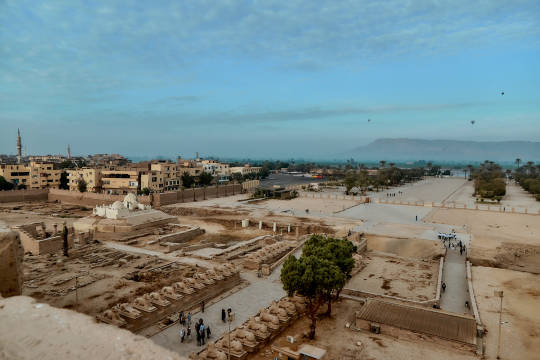



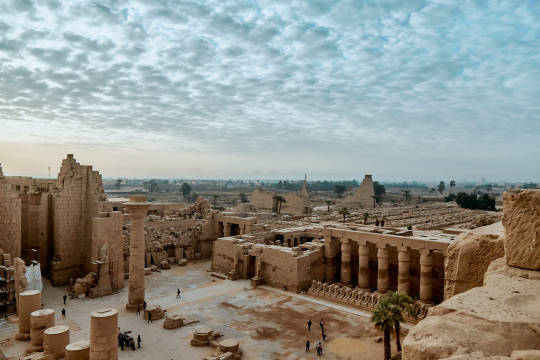


معابد الكرنك , الاقصر | مصر
© Kareem Nasser
#egypt#ancient egypt#history#luxor#tourism#photojournalism#temple of karnak#سياحة#معبد الكرنك#الأقصر#مصر#تصوير#artwork#holocaust#Auschwitz#freedom#free gaza#فلسطين#تمبلر#united nations#UNRWA#FUNNY#LOL#ART#artist#tumblr#MEME#HUMOR
15 notes
·
View notes
Text





EGYPT FROM ABOVE (2020) — (1.02) Engineering the Future
#egypt#ancient egypt#egyptology#archaeology#historyedit#mine#my edit#documentary#doc: egypt from above#karnak#luxor
127 notes
·
View notes